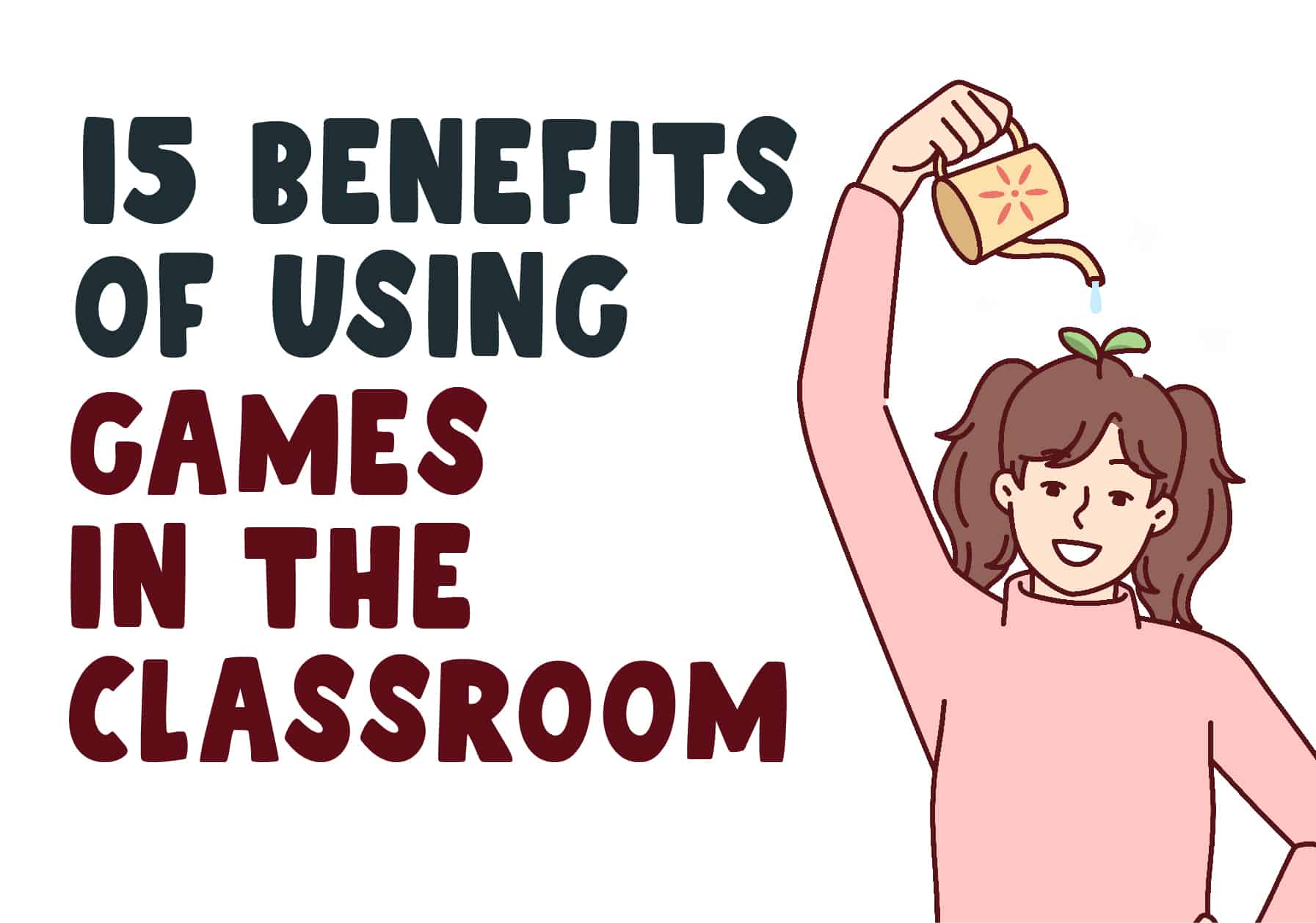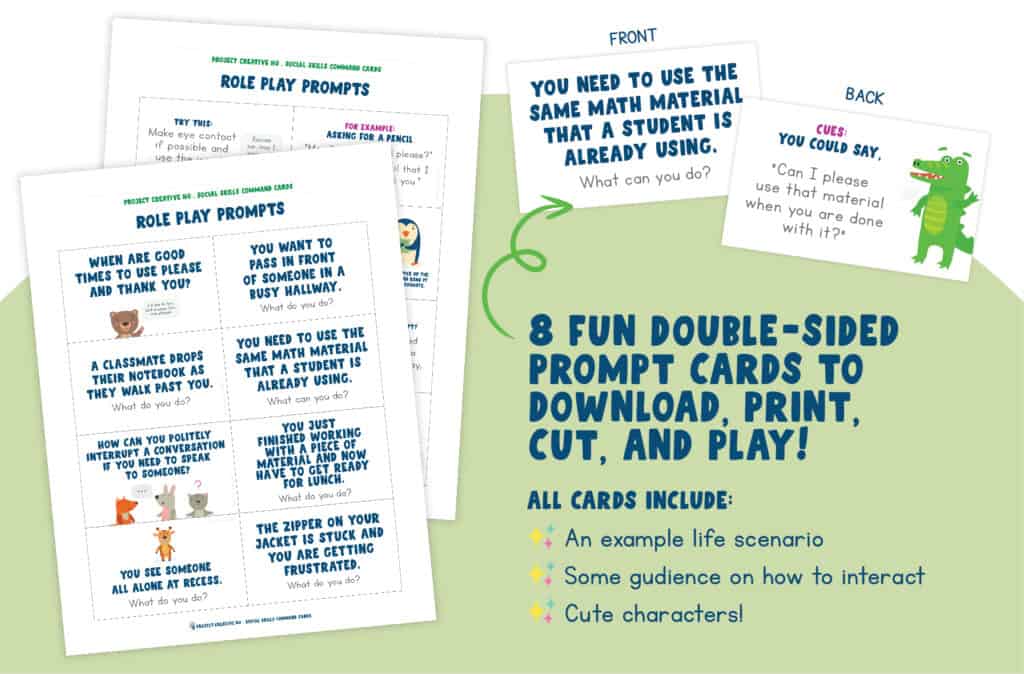15 Benefits of Using Games in the Classroom
Games in the classroom? They’re not a new idea, but here’s the scoop: they’re a powerhouse for learning, backed by solid research. In my upper elementary classroom, using games regularly is a common practice.
Keep reading! You might be inspired to bring fun learning moments to your classroom.
Why Use Games in the Classroom?
Bringing games into classroom teaching creates an atmosphere where students can let loose while actively engaging in enjoyable activities. As they play, they not only relax but also actively participate, making it easier for them to absorb and retain new information.
“Play is not just about having fun but about taking risks, experimenting, and testing boundaries.” ~ American Academy of Pediatrics
Games are essential tools in my elementary classroom.
I use games in my upper elementary classroom and with my online students for a variety of reasons. In my eyes, the advantages of playing games with students outweigh any negatives.
Games not only reinforce lessons but also create a sense of community among students. I’ve noticed that memorable experiences enhance learning, as students easily recall what’s memorable. This is what we call learning in disguise!
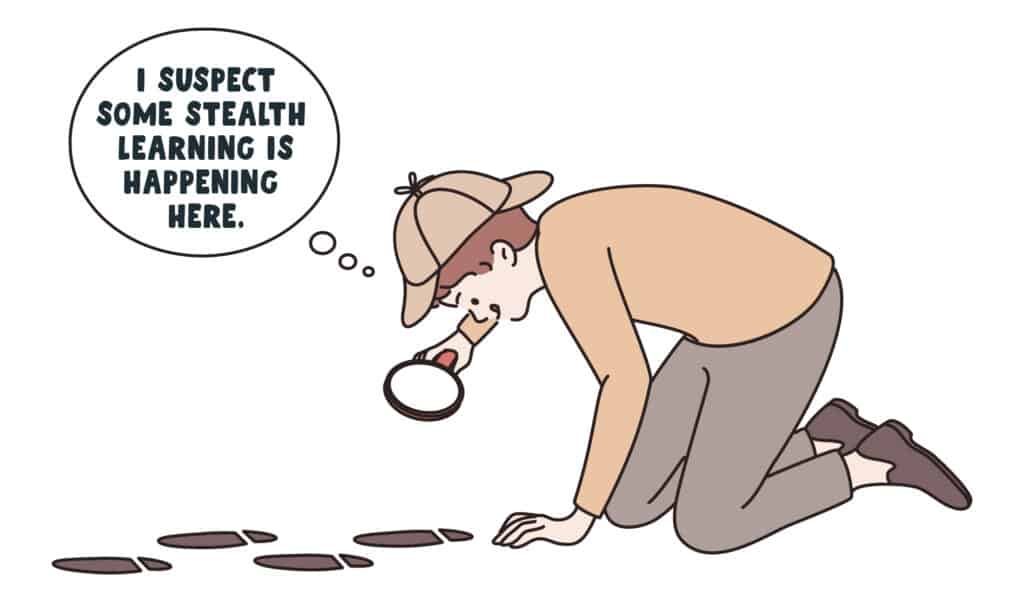
This article explores 15 amazing benefits of games in education that I’ve witnessed from using play in my classroom, and you’ll see that games are great for both elementary students and teachers alike.
15 Benefits of Using Games in the Classroom
Let’s explore 15 benefits of games in education, and transform how your students learn for the better!
1. Classroom Games Boost Learning Engagement
Games add excitement to subjects, making learning fun in the classroom. When games are part of learning, students eagerly join in, participating actively in their education.
If a student feels like they are playing a game while they are learning a subject, they more often than not become engaged and interested in the material and often forget they are even learning.
A Study From the American Psychological Association Reports:
“We found support for claims that well-designed games can motivate students to learn less popular subjects, such as math, and that game-based learning can actually get students interested in the subject matter,” says Jan Plass, PhD, a professor in NYU’s Steinhardt School of Culture, Education and Human Development and one of the study’s lead authors.
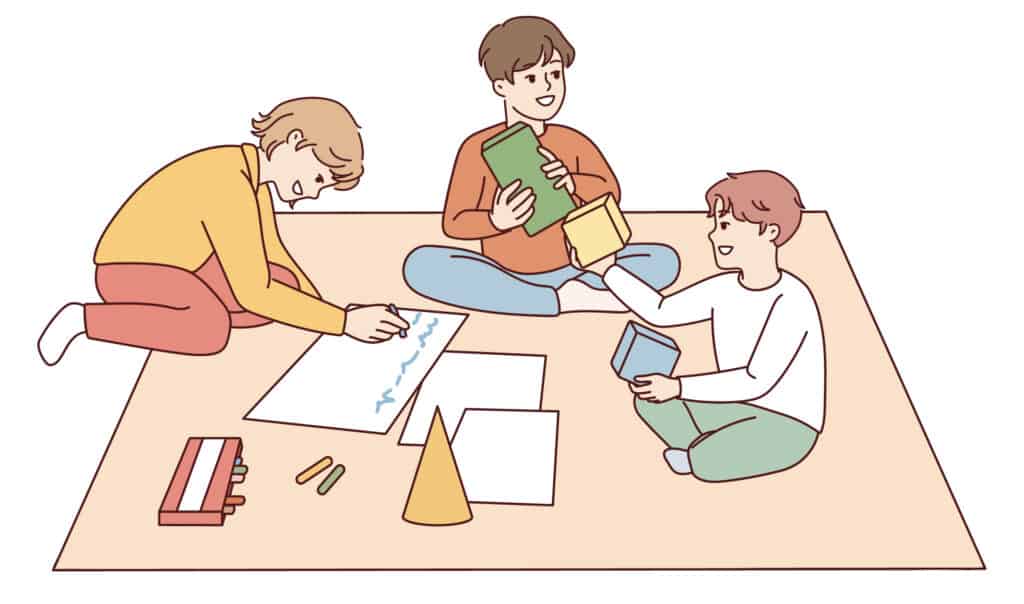
Playing games also allows students to work together, engaging the social nature of the second plane child’s development.
Plus, the outcome of tangible rewards for success in a game, such as winning points or tokens, provides students with a sense of accomplishment which may ultimately increase their desire to participate.
And for that student who has resistance to learning a concept, making it a game is a great way to relieve some of that pressure and make the process of learning more enjoyable to take part in.
Our scavenger hunt products, like the parts of speech and alphabet hunts, showcase how learning through play boosts participation. These activities not only engage students but also make complex concepts more enjoyable, particularly for those who find learning challenging.
Games make learning more exciting, sparking students’ interest and making them want to join in on the fun.
2. Playing Games Stimulates Critical Thinking
To think critically is to unlock a world of creative possibilities!
By pondering the obstacles that come their way in play, students can explore new ideas and open up opportunities never thought possible.
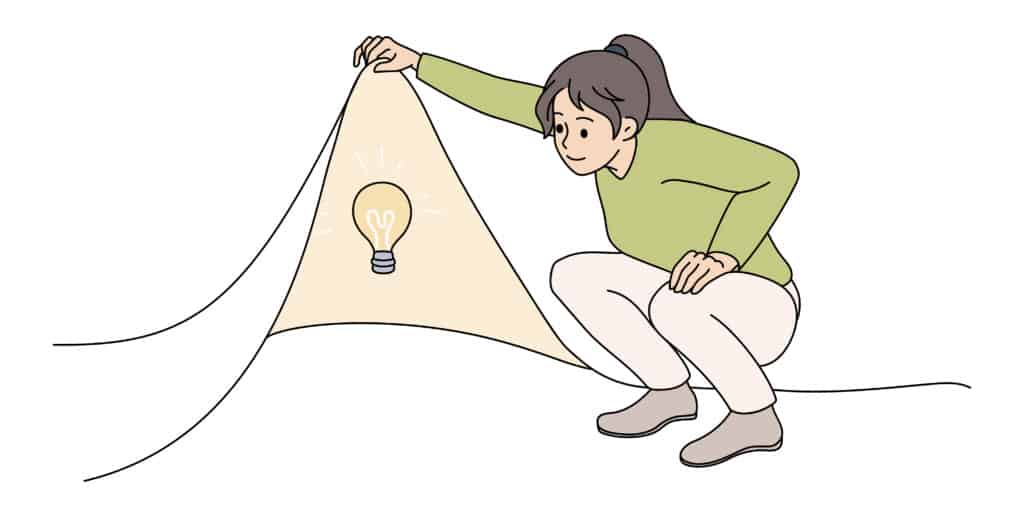
“Play is associated with intense thought activity and rapid intellectual growth. The highest form of research is essentially play.” ~ NV Scarfe
I find that my students understand the process of problem-solving and creative thinking more deeply when they get to practice using their minds in a playful setting.
Now, when I say games, I’m not talking about handheld video games; instead, we’re using board games, card games, word games, math games, ok – maybe some digital games, really any educational games that get those young minds revved up!
Not only are educational games fun and engaging, but they promote forward thinking while tapping into a student’s competitive nature. Take our Noun Memory-Matching Game for example. By remembering where matching cards have been placed on a playing surface, students must interpret intuitive clues and think critically so they can make appropriate matches.
It’s these kinds of activities that are the perfect blend of challenge and enjoyment; providing students with the space to think deeply about a topic.
🃏 Want to learn a bit more about our Noun Memory Game?
It’s a game that will grow with your student’s level of understanding!
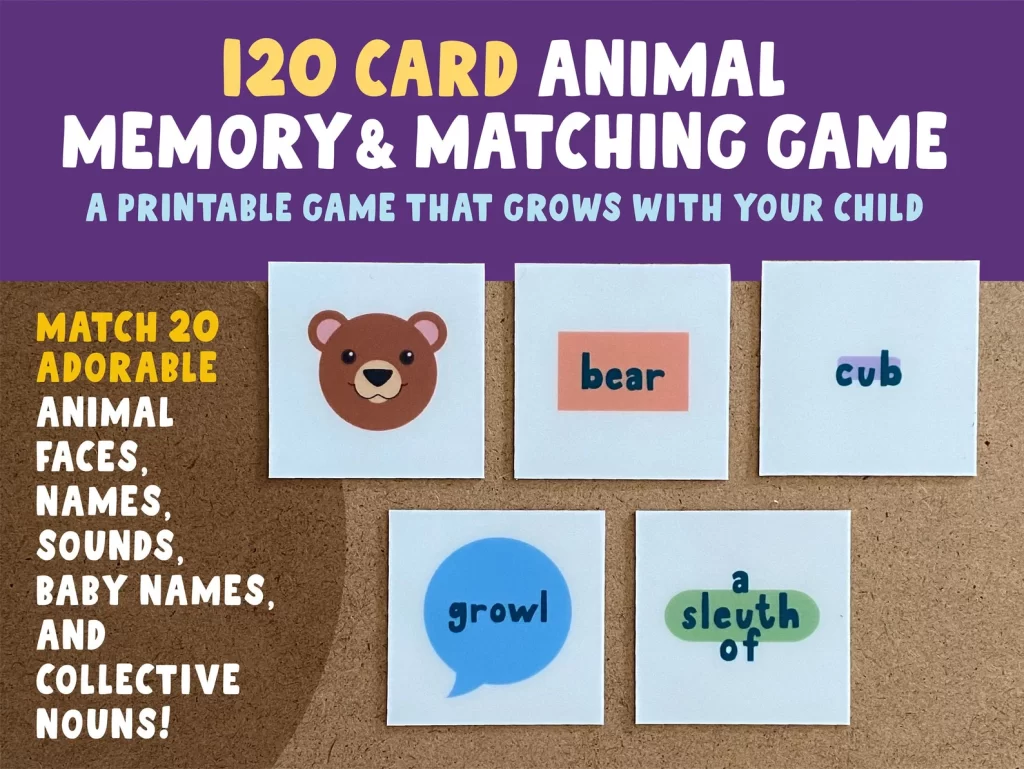
Learners get to match animals with:
• animal sounds
• collective nouns
• animal baby names
• images of animals
Get your copy now!
3. Using Games in the Classroom Promotes Creativity
“The creation of something new is not accomplished by the intellect but by the play instinct.” ~ Carl Jung
Creativity can be any kind of inventive activity, using our imaginations, or using available resources to come up with something new and exciting.
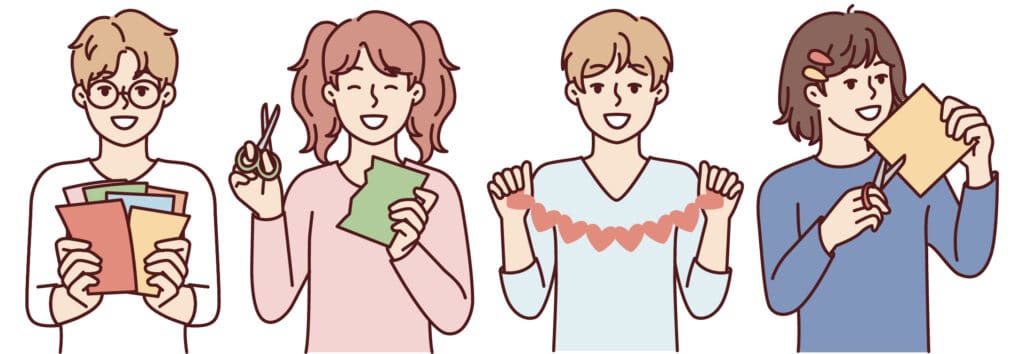
Sparking creativity in elementary-aged students is important because it teaches children how to come up with creative ideas on their own.
We need to provide opportunities for them to practice using their imaginations and learn how to think on their feet – something that will serve them well inside and outside of the classroom.
As a Montessori teacher, I like using a variety of games to teach my students the fun way: by using their own creativity to fuel their learning!
For instance, I recently took a pretty straightforward lesson on one of the eight parts of speech with a small group of lower elementary students and introduced an interactive game to make it a bit more exciting.
And just like that, learning about interjections became fun! The benefits of using games in the classroom are remarkable.
If you’re wondering, the game went like this:
😃 I asked students to write an interjection on a paper strip, fold it, and give it to me. I also prepared 8 interjections beforehand by writing them on strips and folding them.
🎩 On their turn, students picked an interjection out of a hat (you can use a bowl, or sock, or tin can – whatever you have). We had interjections such as ‘Brrrr!’, ‘Awww!’, ‘Ouch!’, ‘Yippee!’, ‘Shhh!’, you get the idea. Here’s a great website to help get your list of interjections started!
🗯️ After selecting an interjection, the student had a few seconds to think, then acted it out using only body language and facial expressions – no words allowed!
👀 Let me give you an example: A student pulled ‘Look!’ and used hand gestures brilliantly to convey the interjection. The student who guessed it right then got a turn to pull and act out the next interjection.
💥 Sort of like Charades, but with parts of speech.
✨ It was amazing to watch 2nd and 3rd graders create expressive actions that conveyed powerful emotions. You could practically feel the emotions through their movements.
I use games because they’re fun and bring out each student’s unique brilliance. They’re a fantastic tool for enhancing student creativity.
4. Game Playing Develops Problem-Solving Skills
Thinking carefully and creatively helps solve problems better. Developing these skills leads to better problem-solving.
“Play is fundamentally important for learning 21st-century skills, such as problem-solving, collaboration, and creativity.” ~ American Academy of Pediatrics
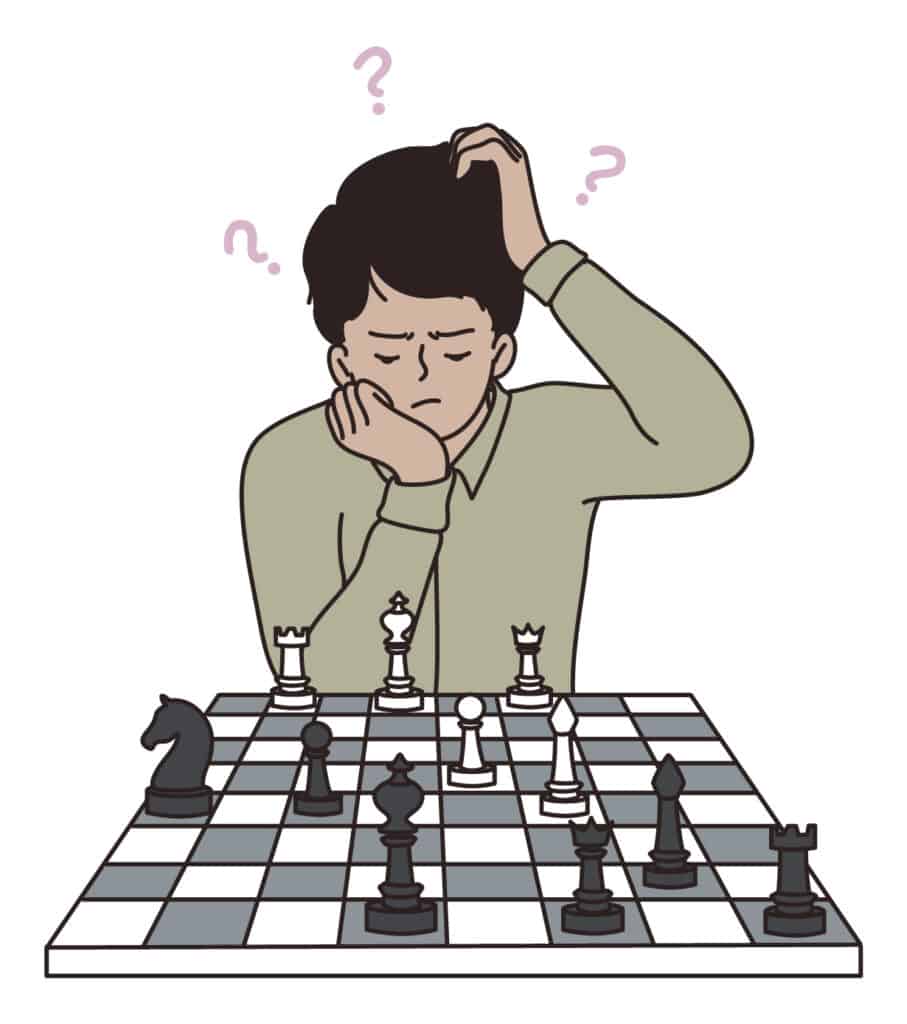
Playing games in the classroom can help students develop their problem-solving skills by encouraging them to be innovative and come up with creative solutions.
Games often require unique approaches that allow students to think two or three steps ahead, allowing them to learn how to anticipate outcomes and plan accordingly. Their brains are stimulated while they are emotionally invested in the activity.
Additionally, games allow for trial and error and allow students to learn to overcome their fear of failure, which can help build confidence when it comes time for students to tackle difficult problems on their own.
Games guide my students on how to make good decisions, understand other people’s points of view, and handle conflict peacefully. Problem-solving at its best!
5. Playing Games Builds Social Skills
Using educational games in the classroom can help students develop important social skills like communication, cooperation, negotiation, compromise, conflict resolution, and good sportsmanship.
Check out this research from the American Psychological Association:
In the study, 58 middle-school students played the video game FactorReactor, which is designed to build math skills through problem-solving.
The researchers found that when students played the game with one another — as compared with playing alone — they adopted a mastery mindset that is highly conducive to learning.
Moreover, students’ interest and enjoyment in playing the game increased when they played with another student.
Through game-based activities, teachers can create a safe environment for students to practice their social skills and learn how to interact appropriately with their peers in a positive way.

Because educational activities and games give students the opportunity to interact with each other in a relaxed yet structured environment it encourages conversation between participants who may not typically interact otherwise.
Even a simple game like tic-tac-toe can foster collaborative learning among my students, whether in small groups or as a whole class. Fun activities often spark collaboration!
6. Incorporating Games in the Classroom Encourages Collaboration
In my classroom experience, I found that games help students work together as a team.
A single leaf working alone provides no shade. ~ Chuck Page
Educational games and activities often involve different players working together towards a common goal, which encourages students to not only develop social skills but take it a step further and build positive relationships with their classmates.
Working together on games can help students learn how to work together effectively in order to achieve success, an important life skill to practice.

I use games in my classroom because they are a great way to connect students of varying ages, skill levels, and levels of enthusiasm toward learning. This encourages students to build relationships, develop trust, and respect each other’s differences.
By playing games in the classroom, my students learn how to cooperate with one another and develop empathy toward their peers.
Games are powerful!
7. Playing Games Improves Memory and Retention
I find games are a great way to get students to practice the concepts taught in the classroom.
“Play gives children a chance to practice what they are learning.” ~ Fred Rogers
When students are presented with materials through a game, they are more likely to remember what they have learned rather than if it was presented traditionally because, well, as mentioned above, games are fun and we remember fun things!

I’ve observed that kids remember better when they connect facts. Playing fun games helps them practice and remember things they have learned.
Games also provide an engaging and interactive way for students to put into practice the concepts that have been taught in the classroom, which helps to reinforce learning outcomes.
8. Using Games Fosters a Safe Space for Risk-Taking
By introducing games into the classroom, teachers provide students with a safe environment to take risks without worrying about failure or criticism from their peers.
“Play is not just about having fun but about taking risks, experimenting, and testing boundaries.” ~ American Academy of Pediatrics
This type of environment opens up opportunities for experimentation and exploration without feeling like mistakes are irreversible, unchangeable, or even embarrassing — something that is essential for intellectual growth and development in the second plane child.
It’s always so great to see that quiet student step outside of their comfort zone and pipe up during a game that they are really good at, or observe the ‘popular kid’ work with the ‘not-so-popular kid’ to solve problems while sharing laughs.
I’ll tell you, kids let their true authentic selves free when they are engaged in games.
9. Games are a Great Way to Assess Student Progress
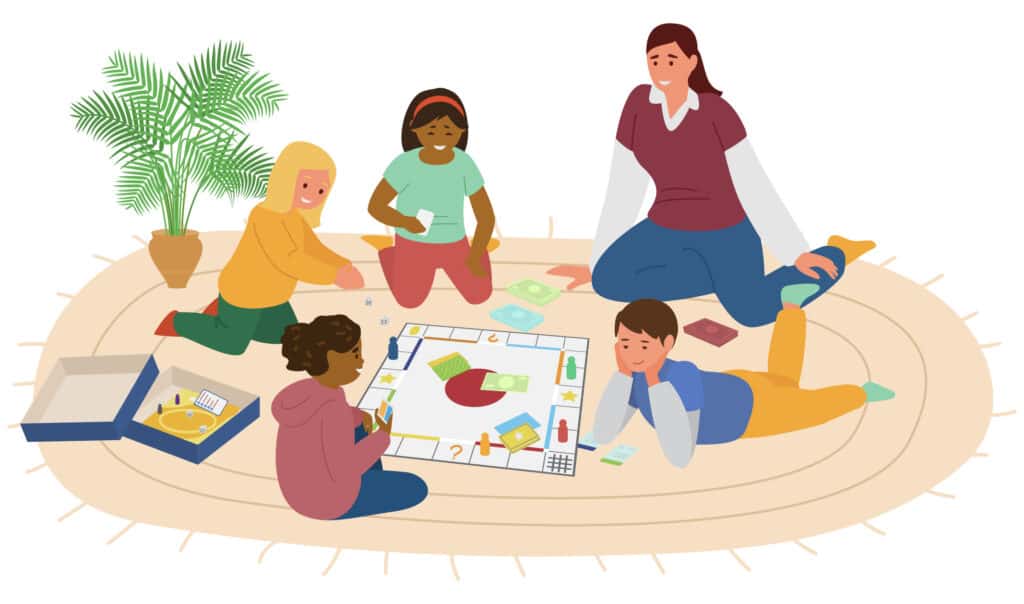
Using games as a teaching strategy provides teachers with the opportunity to assess student progress in a more comprehensive way than tests and assignments.
Through games, teachers are able to get a better understanding of students’ knowledge and skills, as well as their ability to apply them.
“Games aren’t just filler in education. They have the ability to introduce, reinforce, or even assess learning of a given topic.” ~ Kara Carrero
Games allow for student engagement, which can provide the teacher with real-time feedback on how well the students comprehend the material and can help identify any gaps in understanding.
Through game-based activities such as DIY quiz shows or Professor Noggin trivia competitions, teachers can effectively evaluate student knowledge without relying entirely on more traditional forms of assessment.
Keep reading to learn more about Ways to Evaluate Student Progress When Using Games in the Classroom!
10. Using Games in the Classroom Expands Knowledge
Educational games offer an enjoyable atmosphere for elementary learners to boost their knowledge base.
Teachers can facilitate learning in less traditional ways by introducing students to new topics and exposing them to different points of view through the use of games.
“Children learn as they play. Most importantly, in play children learn how to learn.” ~ O. Fred Donaldson
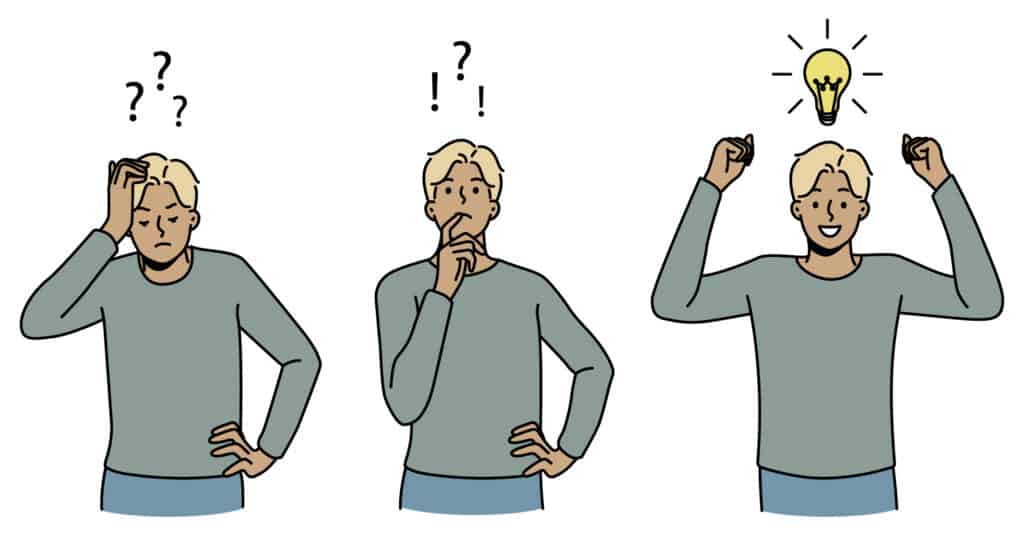
This is especially beneficial for subjects like history or literature where students are presented with facts and ideas that may be unfamiliar to them. Using games in these situations allows learners to really dig deep and take away some new information.
I sometimes have my students create their own unique games for certain topics to help them solidify their learning. It’s a great way to get them to research the subject, expand their knowledge, get creative, and use their knowledge to make something pretty awesome!
Games are an incredibly effective way for learners to engage with their studies, using play as the foundation for learning new ideas and gaining deeper knowledge.
11. Games Make Learning Accessible
With games in the classroom, learning can be accessible to all students – no matter their skill set or level of understanding.
Through entertaining educational activities, teachers create an inclusive space for everyone to join together and expand on knowledge without fear of being judged by classmates. This provides a fun environment where learners can explore concepts with confidence!
“We all learn better when learning is a game.” ~ Anonymous
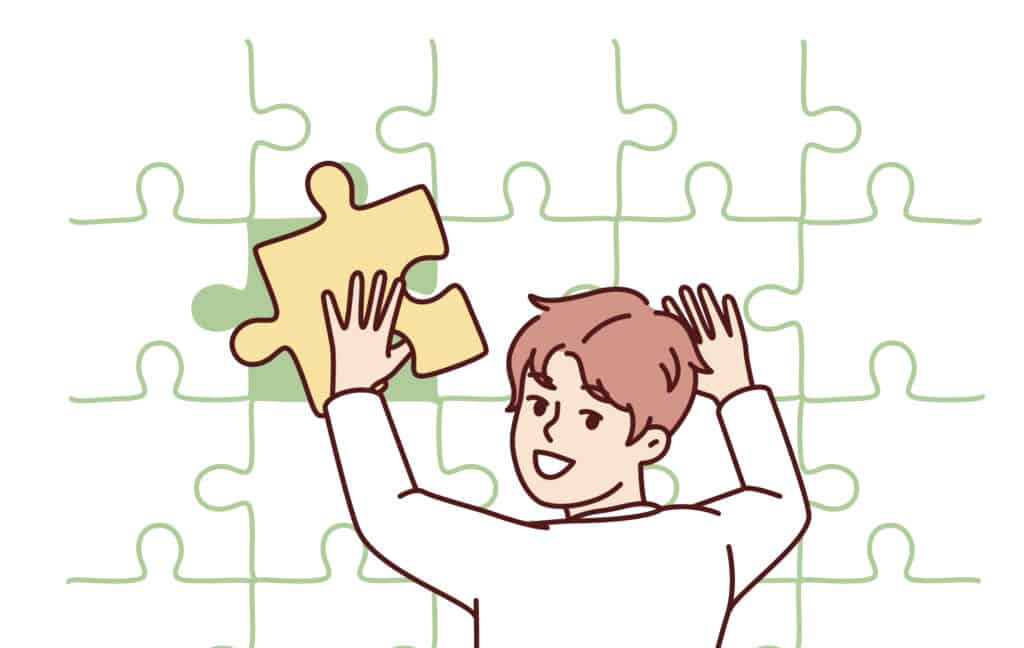
In my classroom, while games are used as an educational tool they also create a positive learning environment where mistakes are celebrated as part of the journey toward understanding.
One of the methods I use to adapt lessons for different types of learners is using games. I like to look for creative ways to present what might otherwise be mundane topics in a way that captures the enthusiasm of an entire class – something that a simple worksheet can’t do!
By playing a Jeopardy-based game to explore prefixes, I helped my students grasp how words function. The entire class gained a fresh perspective on prefixes, engaging actively, asking creative questions, and analyzing concepts with a shared set of rules.
📣 Calling all creative teachers!
Do you want to add an extra spark of fun and excitement to your classroom?
We found an awesome FREE online Jeopardy game creator called Jeopardy Labs. There’s even a Prefix game pre-made on there for you so that you can get started right away, or take it upon yourself to make one that better suits your needs.
Learning feels like fun instead of work when it’s approached as a game – and my students come out the other side with lasting knowledge they would’ve otherwise been more challenging to obtain!
12. Repeating Games Strengthens Kids’ Learning.
We all know the saying, practice makes perfect. But we’re here to tell you that repetition makes it stick!
Repetition is an amazing tool for kids – it’s like a turbo-charged confidence booster! It not only helps them to increase the speed and accuracy of learning but strengthens the pathways that lead from knowledge acquisition to understanding.
“Repetition is the mother of learning, the father of action, which makes it the architect of accomplishment.” ~ Zig Ziglar
Games are an excellent way to promote repetition for students, which is key for many of them to absorb new skills.
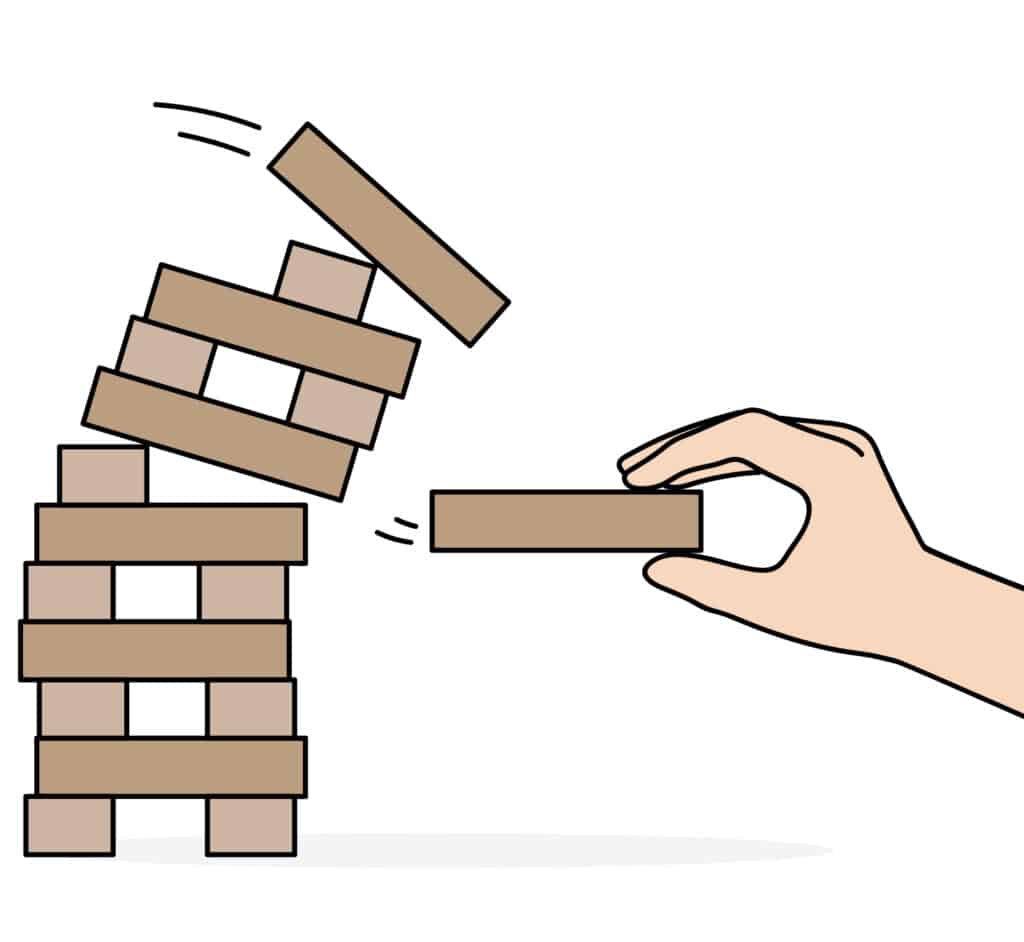
Often worksheets can get boring and children don’t necessarily have the motivation to go over the same material again and again but bring in a game and it’s a whole different story!
Sometimes I use flashcards to teach multiplication facts and other times I use games like Jenga with my elementary students turning their math fact learning into a game. Check out #3 in this blog to see how!
Let me tell you, I had the most reluctant mathematicians playing Jenga on repeat for weeks, consequently improving their math facts.
When kids are playing games they don’t think that they are actually learning, so they have no problem engaging positively while repeating the game multiple times because games are fun!
13. Games Boost Moral Development in Education
Playing fun and educational games in the classroom offers an environment in which students can practice reading, understanding, and following rules. They also learn how to meet outlined expectations without feeling so much pressure to be perfect.
“If we want our kids to have happy, productive, moral lives, we must allow more time for play, not less.” ~ Peter Gray
My students always have so much fun when we play a game together, but it’s especially rewarding to see how they learn lessons about fair play and respecting others along the way.
Through gameplay, students can actively experience ethical decision-making and social role-playing using elements of strategy, logic, and situational awareness. This allows them to think critically while developing cognitive empathy and understanding the positive effects of their choices.
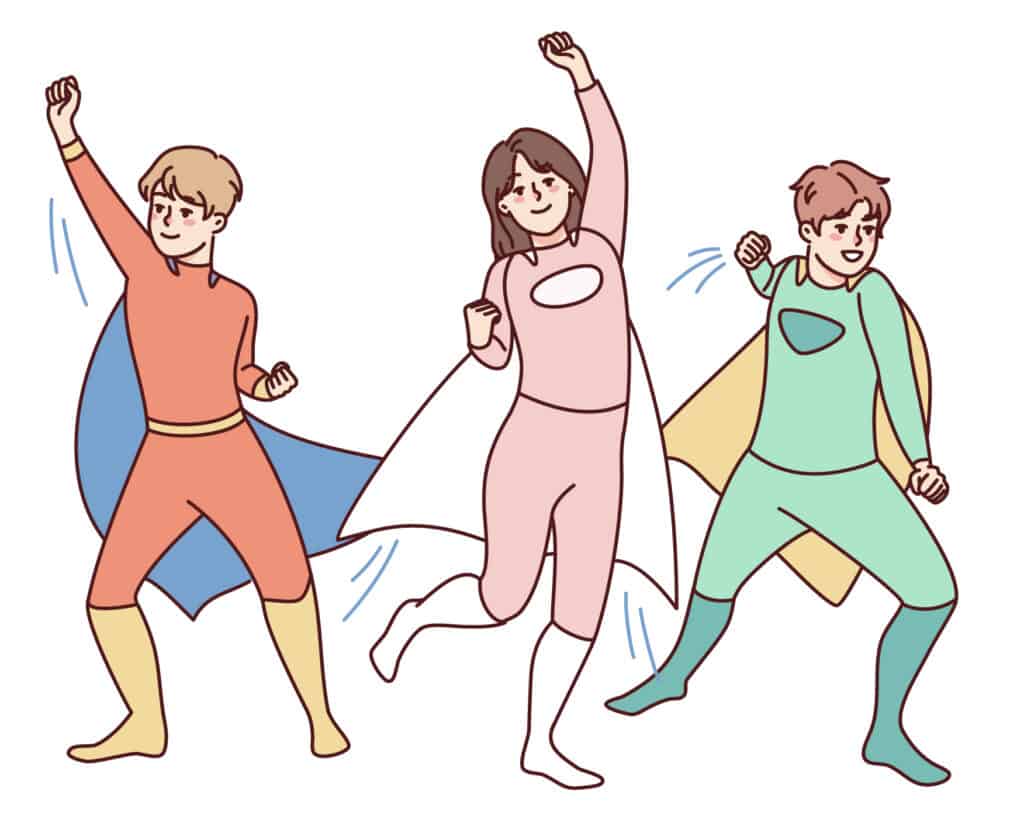
It’s also a helpful lesson on learning from the choices that didn’t work out as well as they planned (and being ok with that!).
It doesn’t have to be something complex – oftentimes basic board games or card games help kids think more deeply and critically explore topics like morals and respect.
With the right game, it can encourage elementary-age children to talk about their values, empathize with others, and think more broadly about how their decisions affect the people around them.
By using various educational games in the classroom, I have witnessed immense growth in key character traits such as integrity, ethical behavior, and positive self-worth. Now that’s something!
14. Using Games in the Classroom Develops Reading and Writing Skills
Games can be great for many reasons but did you ever consider using games in the classroom to support the development of reading and writing skills in elementary-aged learners?
“Today a reader, tomorrow a leader.” ~ Margaret Fuller”

In my experience working with elementary students, using games to support the development of reading and writing skills makes everyone happy. Students enjoy engaging and teachers love seeing their students’ literacy skills improve. Win-win!
Most games involve reading and understanding a set of rules, so why not use this opportunity to have kids read and maybe explain the rules back to you, or their peers? Learning in disguise!
There are also many games that include reading skills, I use activities such as scavenger hunts for reading comprehension, story cubes for writing using story elements, and a spelling bee for developing vocabulary to provide students with stimulating and interactive opportunities to improve their Language skills.
Games allow children to see that reading and writing can be entertaining too.
15. Games Are Filled with Teachable Moments
With educational games, there’s always a teachable moment waiting to happen! Games provide an opportunity for learning that goes beyond pencil and paper tasks.
With the use of educational games in the classroom, you can turn ordinary lessons into extraordinary teachable moments that help your students learn new and exciting things.
“Every day is full of teachable moments, if you are interested and prepared.” ~ Anonymous
Sure, we still have to teach the elementary child about fractions using appropriate methods, but we can also get creative and introduce a game about fraction recognition!
Here’s an example of a slide I use in my online classes that is always a huge hit and always leads to interesting conversations.
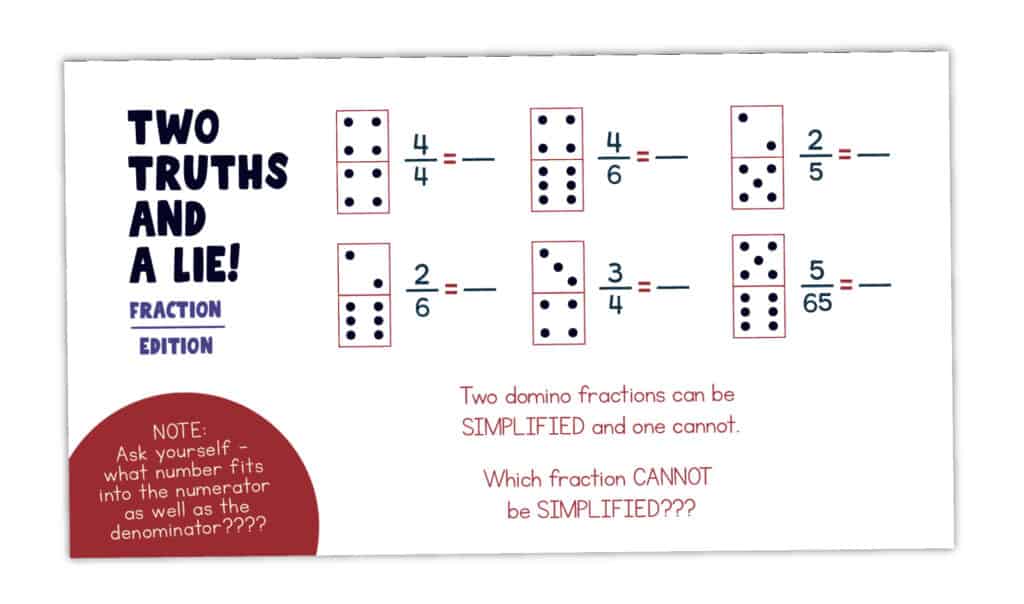
Educational games are an amazing way to engage students with what they are learning in an interactive manner. The best part is these teachable moments that pop up during play truly stick with students.
You can help make learning exciting for both you and your students by using age-appropriate educational games or activities to supplement your lessons.
Key Considerations for Introducing Games in the Classroom
Integrating educational games and fun activities into the elementary classroom environment can help teachers engage their students in learning and create a positive, collaborative learning environment.
But not just any exciting activity will do. There’s some thought that needs to go into the process of using games in the classroom.
💡 Consider students’ age and skills for game selection.
As a Montessori teacher, I know how important it is to adjust our games to suit each child’s skill level so that everyone is having fun and learning along the way. Follow the child, right?
Games can be an amazing tool to use in the classroom to teach critical thinking, problem-solving, and collaboration; however, if the game is too difficult for their skill set they won’t get any of those invaluable benefits.
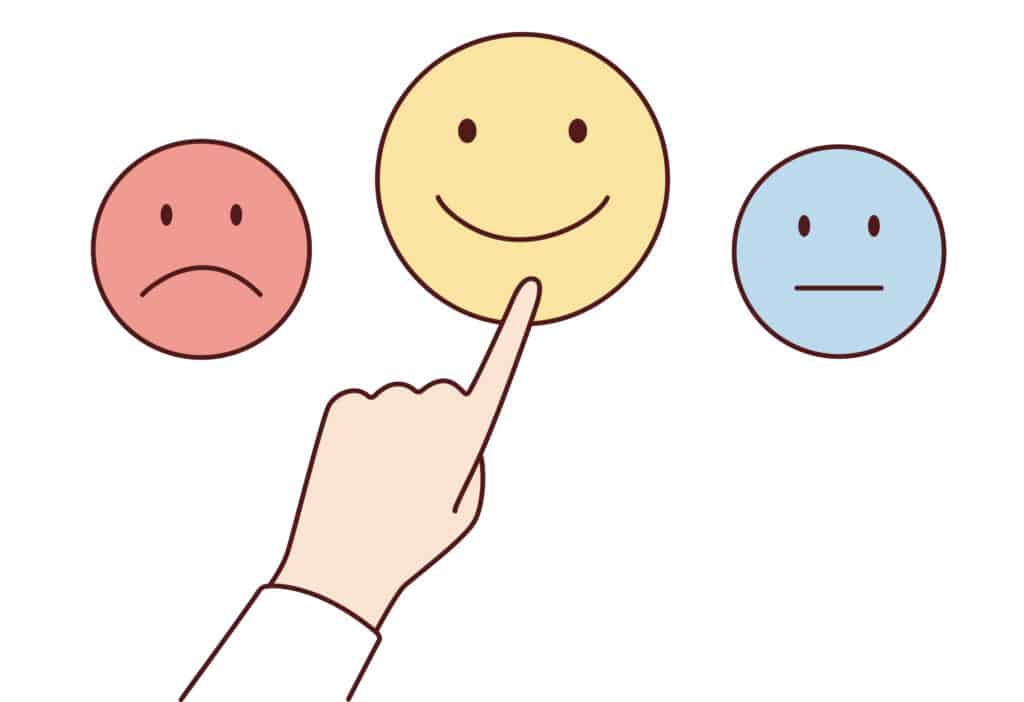
Also, if a child can’t grasp the game easily, this can become frustrating. Or, if the game isn’t challenging enough, it won’t inspire more play. You need to keep all of your learners in mind when choosing games to supplement student learning.
Too often teachers are using games that are far too complex for their students – understanding this key safeguard can truly make using games in the classroom easier for both students and teachers alike!
Younger children may benefit from more simple games such as matching puzzles while older kids may enjoy more complex activities like board games or problem-solving riddles.
When using games in my classroom, I like to make sure that everyone has a chance to contribute, regardless of their age. Not only can older students teach younger participants the rules and strategies and role model proper behaviour, but younger participants can also bring creative solutions and new perspectives to the table. That’s so Montessori!
💡 Make sure game objectives align with lesson objectives.
Having clear curricular connections is key!
To ensure that the many benefits of playing games in the classroom are attained, it is important to highlight the learning aspect of any educational game clearly to the young participants so that students can put what they’ve learned into play (fun), into practice (repetition), and into real-life scenarios (on-the-spot thinking). It’s like the hands-on learning of the Montessori method.
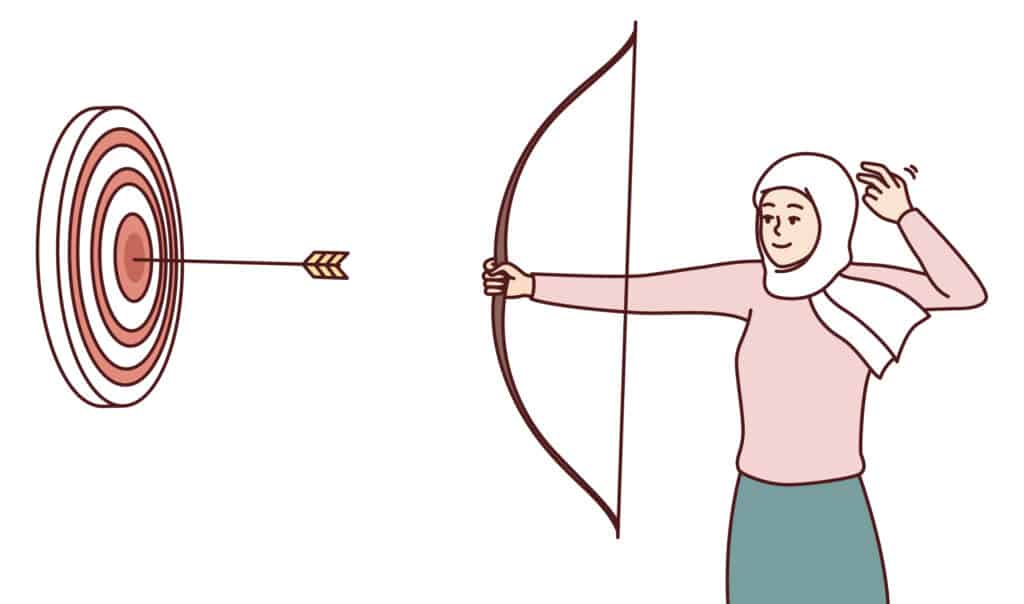
Learning really comes full circle when games are used in the classroom. For example, during a lesson introducing fractions to a group of fourth graders, I had them manipulate fraction insets to make pizzas with varying amounts of equivalent fractions.
As a follow-up activity, I had them create their own unique pizza shop with a fancy name and epic logo. They also had to build a cardboard pizza box and display their most famous pizza using materials from around the classroom.
This simple form of play meant that they got to put that lesson on fractions into action and relate it to other subject areas and the real world.
🍕 Did you catch the cross-curricular learning in action in that activity?
This math lesson came to life and connected different areas of the curriculum thanks to everyone’s love of pizza!
Keeping objectives in mind as I go about selecting a game for my students helps me create memorable lessons for the whole class without overwhelming them with unnecessary distractions.
After all, using fun educational activities in a classroom setting should contribute towards achieving specific objectives that benefit the student’s learning experience.
💡 Swap lectures for engaging games and activities.
Let’s be real, students will remain actively engaged in learning if they are having fun.
Teaching using traditional lectures can limit the amount of creativity and excitement in the classroom. Games are a great way to break up lessons, engage young learners, and make instruction more interactive. Kids can learn so much while playing!
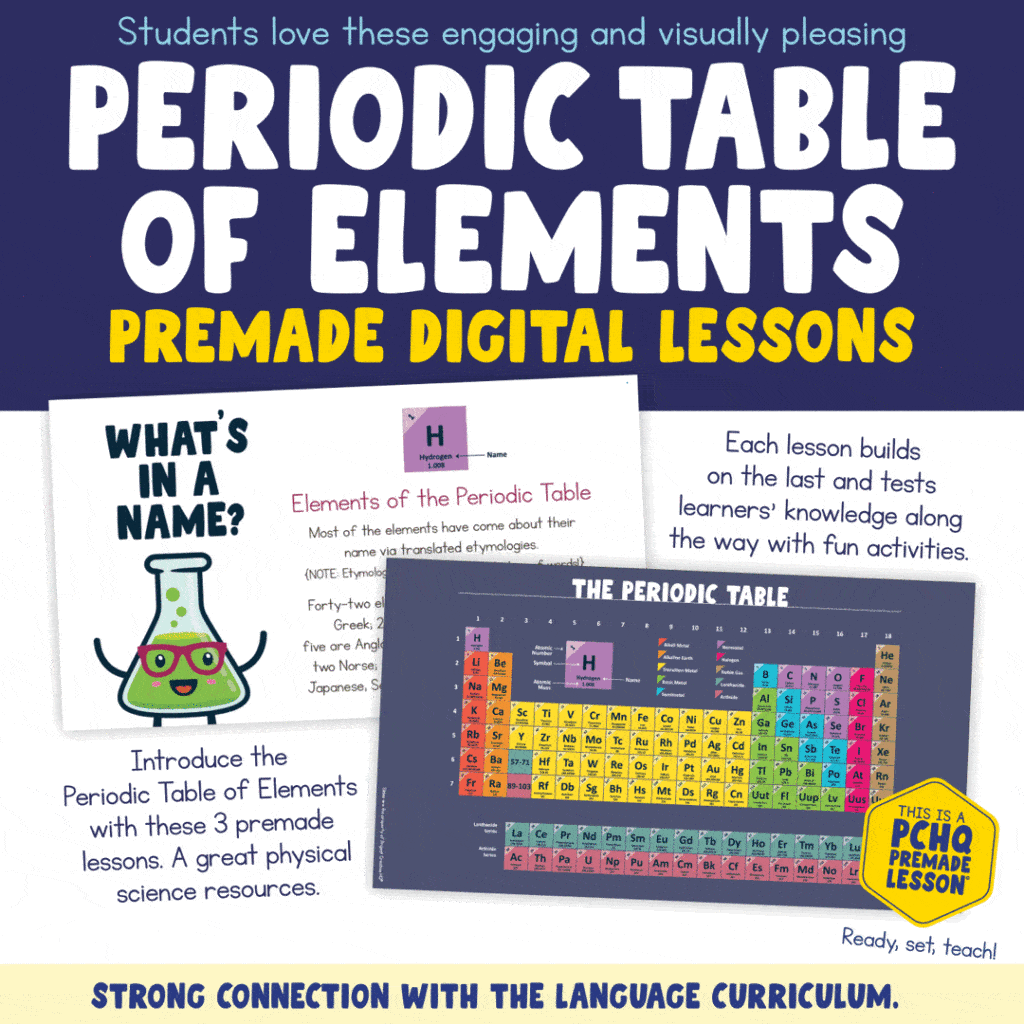
For instance, if discussing the periodic table of elements in science class, I might put together a mini-scavenger hunt around the classroom where small groups work together to search for clues to find different elements within our classroom environment. I like to include clues to finding items that have iron, sodium chloride, and even copper in them.
Or if you’re studying the human body, consider purchasing Professor Noggins Human Body Trivia Game where students will have to apply what they have learned to answer questions.
Games in the classroom are great for keeping things fresh, interesting, and most of all – fun!
💡 Give the game a try yourself!
If using games in the classroom is something that you are considering, it’s always best to try it out yourself first!
Give the activity a test run before using it with your students. You want to make sure that your chosen game is both educational and fun for them, that it makes sense, and that it won’t take all day to play.
Or maybe you want the game to last all day! Perhaps you’re looking for a great rainy day activity for homeschool learning. Regardless, know what you are looking for and then test it out.
I always test out games before bringing them into my classroom. Sometimes I test them out by myself and other times I involve my stepdaughter, my nieces and nephews, or even my partner, Karen.
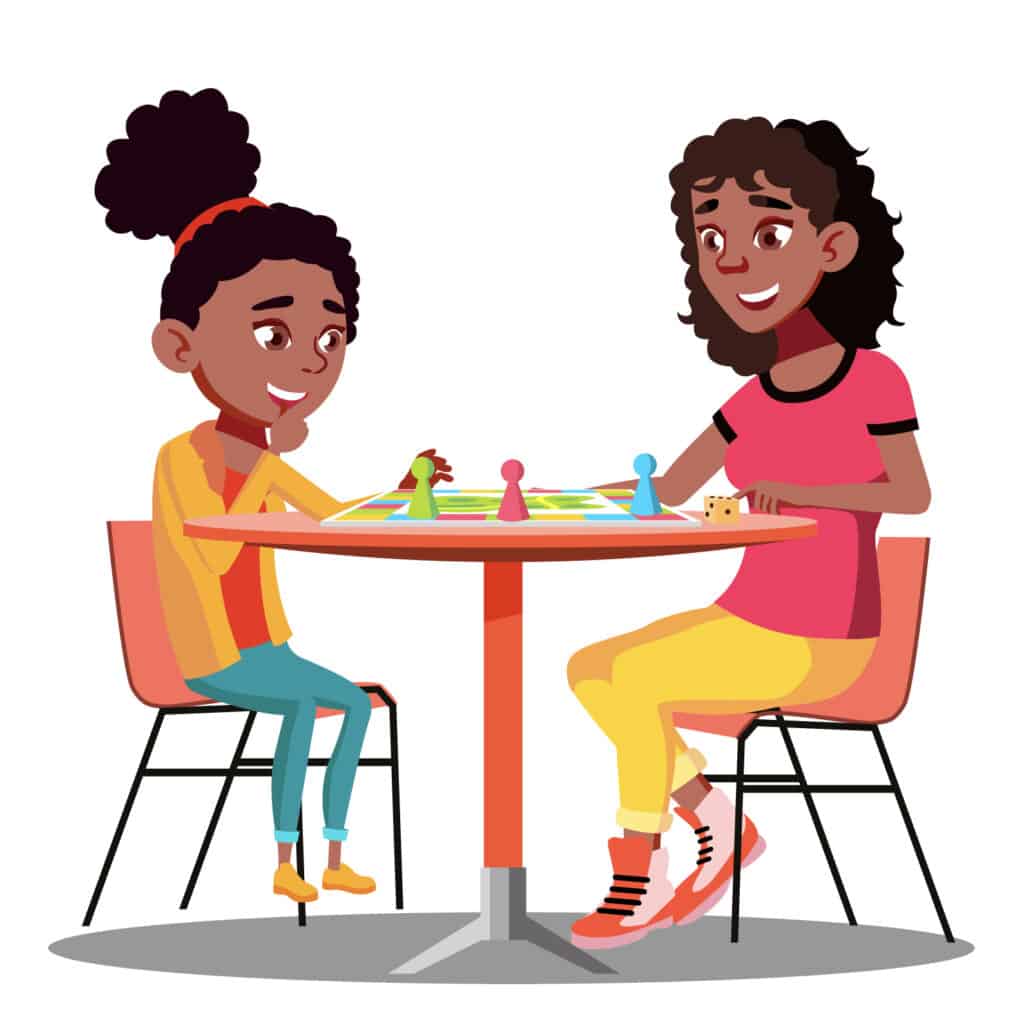
This eliminates any potential surprises and makes sure I won’t be wasting my students’ time with a game that isn’t appropriate or aligned with their learning targets.
Testing the game helps me understand it better and adjust for my students’ needs.
I also games beforehand to make sure they help all my students.
Keeping these in mind can help create a safe, enjoyable learning space where everyone can learn and have fun with games!
Using Games in the Classroom is Great for Teachers, Too!
For teachers, games provide an opportunity to assess student progress in a more interactive way. Educational games also help to build relationships between students and teachers, providing a safe space for open dialogue.
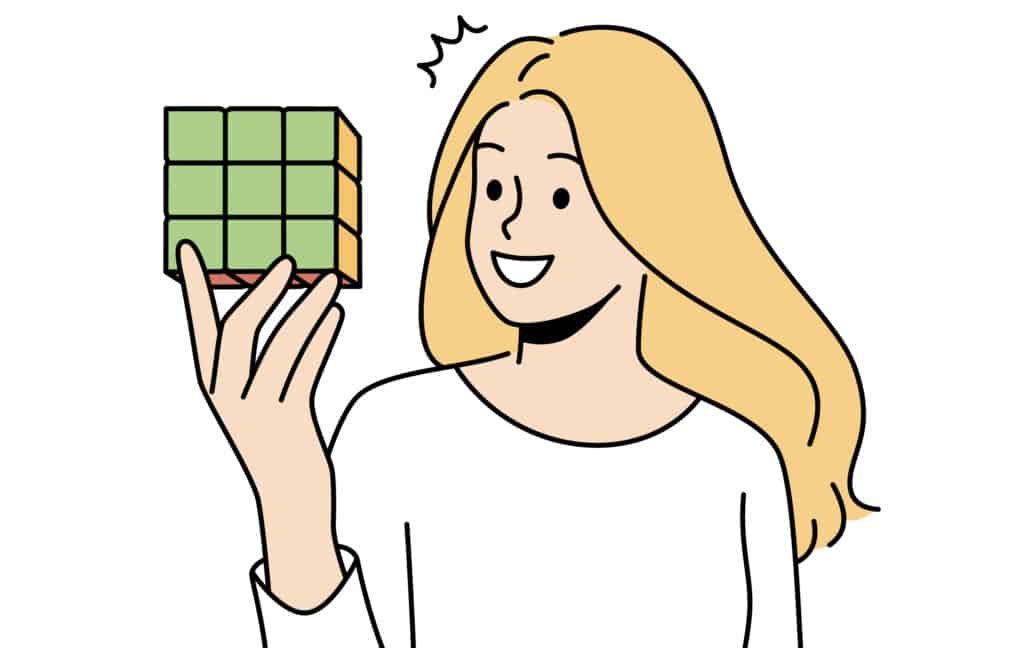
By using games in the classroom, educators can create an environment that is both enjoyable and educational. This helps to foster creativity among students while also helping them learn important concepts in a fun way.
With the right game, teachers can use it as a tool to monitor student progress while also creating an engaging learning experience.
Tips for Maximizing Classroom Game Effectiveness
It is important that the games you choose to use in your classroom are effective. They should help students learn and retain information related to the curriculum in an enjoyable way.
Here are some tips to make sure the games you use in your classroom are useful:
✅ Be prepared for the game.
Before beginning any game or activity, it is essential that you are prepared.
♟️ Do you need to print any instructions or handouts?
♟️ Do the students need to have paper, pencils, calculators, or access to a website?
♟️ Do you need to purchase any pieces game pieces like dice (or download our free ones!)?
♟️ Do you need to come up with a list of questions or words?
♟️ Are there any videos out there with great explanations or helpful information that you might want to use?
♟️ Do you want to find some digital assets that others have created on sites like TPT {{link to our digital section!}} or Etsy to add more to your games?
✅ Use games as part of a larger lesson plan or unit.
Games should be used as an engaging introduction to content or as a way to review material already taught in class. This will help ensure that students are able to make connections between what they learn in the game and what they learned in the lesson.
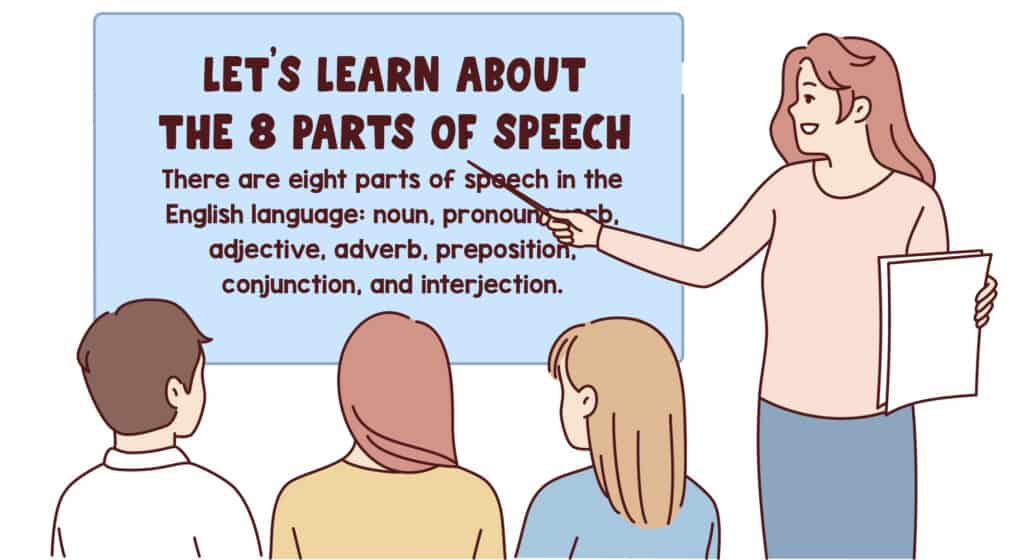
✅ Provide clear instructions on how the game works.
Be sure that all students understand the rules and procedures of playing before starting.
Additionally, set expectations for conduct during gameplay such as no cheating, following turn order protocols, and keeping voices at appropriate levels.
Establishing and following these rules will help ensure that the game is productive and enjoyable for all involved.
✅ Incorporate a debriefing session after the game is over.
Debriefing provides a valuable opportunity for students to connect their experiences in the game to real-life scenarios and classroom lessons.
This can also be used as an opportunity to address any issues or concerns related to the game, such as rule misunderstandings or offensive behaviour made by participants during gameplay.
Keeping these tips in mind while choosing activities can help ensure that they are not just enjoyable but purposeful as well!
A Memorable Classroom Game Moment
I’ve used a lot of games in my elementary classrooms. I’ve even used them with middle schoolers. In-person, online, and in-home tutoring – regardless of where I was teaching, I was including fun activities to supplement learning.
One of my top memories to date of using games in the classroom wasn’t even my idea. It was the result of a teachable moment brought to light by one of my fifth-grade students.
The day after a small group language lesson with my grade 5 students where I included some easy rebus puzzles with answers for fun, one of my students showed up with a vintage rebus puzzle board game called Whatzit for the class to try. Talk about fun!
🧩 Looking to help your learners become rebus puzzle-solving pros?
You need to read our blog post Rebus Puzzles for Kids: A Comprehensive Riddle-Solving Guide.
Oh, and your students will definitely thank you for bringing these rebus puzzles products into your classroom Printable Rebus Puzzle Guide & Cards and 40 Rebus Puzzles with Answers
Click here to learn more about rebus puzzles and get 8 FREE printable rebus puzzles with answers for your elementary students.
Just as teachers do with fun things that enter their classroom, I held onto that board game for as long as possible and incorporated its playing cards into several lessons for weeks to come.

Sure this rebus puzzle activity is designed for players 12 and up and includes some pretty challenging cards, but it also comes with three different levels of difficulty, so there’s something for everyone to try.
And let me tell you, this board game, illustrating the benefits of playing games in the classroom, fascinated my entire upper elementary classroom. It opened the door to teaching strategies to solve different rebus puzzles and made learning a whole lot more fun.
Many of my grade fours, fives, and sixes were so inspired by the game that they created their own Rebus puzzle game cards. That’s so Montessori!
✨ ✨ ✨
Never heard of Whatzit? You should check it out!
There’s even an updated version of the game.
✨ ✨ ✨
By leveraging the power of games in the classroom, teachers can make learning an enjoyable experience while still ensuring that their students are mastering important concepts.
Our Educational Games (+ Free Download Links)
We’ve developed several classroom games specifically for elementary learners, perfect for both classroom and home as they are filled with educational benefits.
Free Games and Activities
Enjoy free games on us! Check these out.
🎲 Free Printable Dice
🐥 FREE Language and Math Product Sample Pack | Elementary Resources | Homeroom (has games in it)
😃 Practice grace and courtesy with your students using these FREE Social Cards.
Printable Games and Activities
Get ready for hours of imaginative play that don’t require loads of expensive materials or any screen time. Now let’s get those boredom blues gone with some fun printable activities!
🎲 Just Roll With It: A Wacky Athletic Dice Game for Kids
🛼 Outdoor Scavenger Hunt for Kids
🦁 Noun Memory Matching Game
😻 Cat Themed Printable Tic Tac Toe Set
🧩 40 Rebus Puzzles with Answers
💡Printable Rebus Puzzle Guide & Cards
Digital Games and Activities
Digital games are a great way to keep kids happy and entertained! With a range of fun activities adapted for different age groups, there’s something for everyone.
🔢 Digital Math Games with Worksheets
💬 Math Fact Practice with Riddles
🚀 Vocabulary Booster
🤣 Math Jokes for Kids and Teachers
Discover how we make learning fun for elementary students. Explore our products to see the excitement firsthand!
The Wrap-Up: Benefits of Using Games in the Classroom
Games can be a powerful tool to enrich the learning process in an elementary classroom. From fostering creativity and problem-solving skills to encouraging collaboration between students, the benefits of playing games in the classroom are plentiful.
“Perhaps play would be more respected if we called it something like ‘self-motivated practice of life skills,’ but that would remove the lightheartedness from it and thereby reduce its effectiveness. So we are stuck with the paradox. We must accept play’s triviality in order to realize it’s profundity.” ~ Dr. Peter Gray
By allowing learners the freedom to explore new possibilities through play, teachers open up opportunities for a deeper understanding of various educational topics while simultaneously improving important life skills. This makes games an invaluable tool for any teacher looking to educate their elementary students in a meaningful way.
So why not try out a few educational games during your next lesson? You might be amazed by the benefits and outcomes they can bring!
Here’s a list of blogs we’ve written that are filled with games!
🎲 15 Educational Games With Three Dice for Kids (+ FREE Printable Dice)
🎲 21 Fun Math Games with Dice to Try With Kids 8-12 (+ FREE Printable Dice)
🔢 9 Montessori-Aligned Math Activities for Elementary Students
🎲 11 Ways to Use Our Roll A Story Dice Game
✏️ 11 Unique Vocabulary Development Activities for the Elementary Level 2023
🧩 8 Easy Rebus Puzzles With Answers
💡Rebus Puzzles for Kids: A Comprehensive Riddle-Solving Guide
🧮 Elevate Elementary Math Skills with This Exciting Math Card Game

